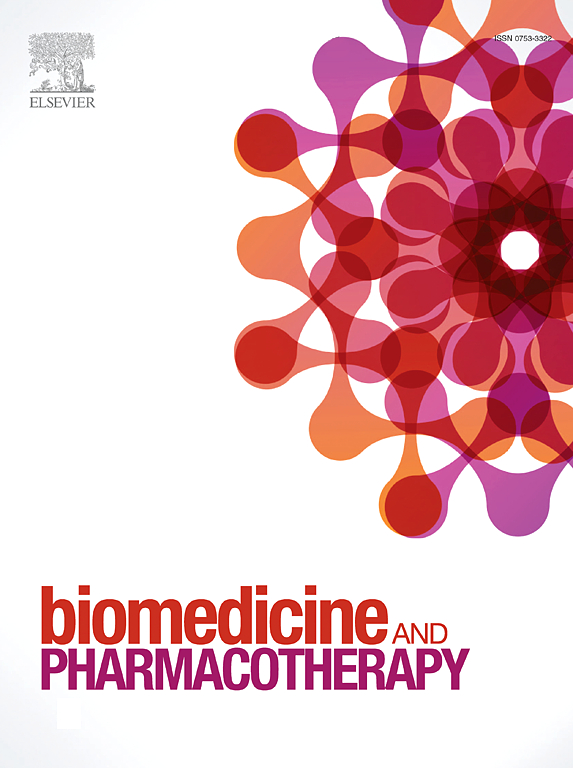Advances in lacrimal gland organoid development: Techniques and therapeutic applications
IF 6.9
2区 医学
Q1 MEDICINE, RESEARCH & EXPERIMENTAL
引用次数: 0
Abstract
The human lacrimal gland (LG), located above the outer orbital region within the frontal bone socket, is essential in maintaining eye surface health and lubrication. It is firmly anchored to the orbital periosteum by the connective tissue, and it is vital for protecting and lubricating the eye by secreting lacrimal fluid. Disruption in the production, composition, or secretion of lacrimal fluid can lead to dry eye syndrome, a condition characterized by ocular discomfort and potential eye surface damage. This review explores the recent advancements in LG organoid generation using tissues and stem cells, highlighting cutting-edge techniques in biomaterial-based and scaffold-free technologies. Additionally, we shed light on the complex pathophysiology of LG dysfunction, providing insights into the LG physiological roles while identifying strategies for generating LG organoids and exploring their potential clinical applications. Alterations in LG morphology or secretory function can affect the tear film stability and quality, leading to various ocular pathological conditions. This comprehensive review underlines the critical crosslink of LG organoid development with disease modeling and drug screening, underscoring their potential for advancing therapeutic applications.
求助全文
约1分钟内获得全文
求助全文
来源期刊
CiteScore
11.90
自引率
2.70%
发文量
1621
审稿时长
48 days
期刊介绍:
Biomedicine & Pharmacotherapy stands as a multidisciplinary journal, presenting a spectrum of original research reports, reviews, and communications in the realms of clinical and basic medicine, as well as pharmacology. The journal spans various fields, including Cancer, Nutriceutics, Neurodegenerative, Cardiac, and Infectious Diseases.

 求助内容:
求助内容: 应助结果提醒方式:
应助结果提醒方式:


